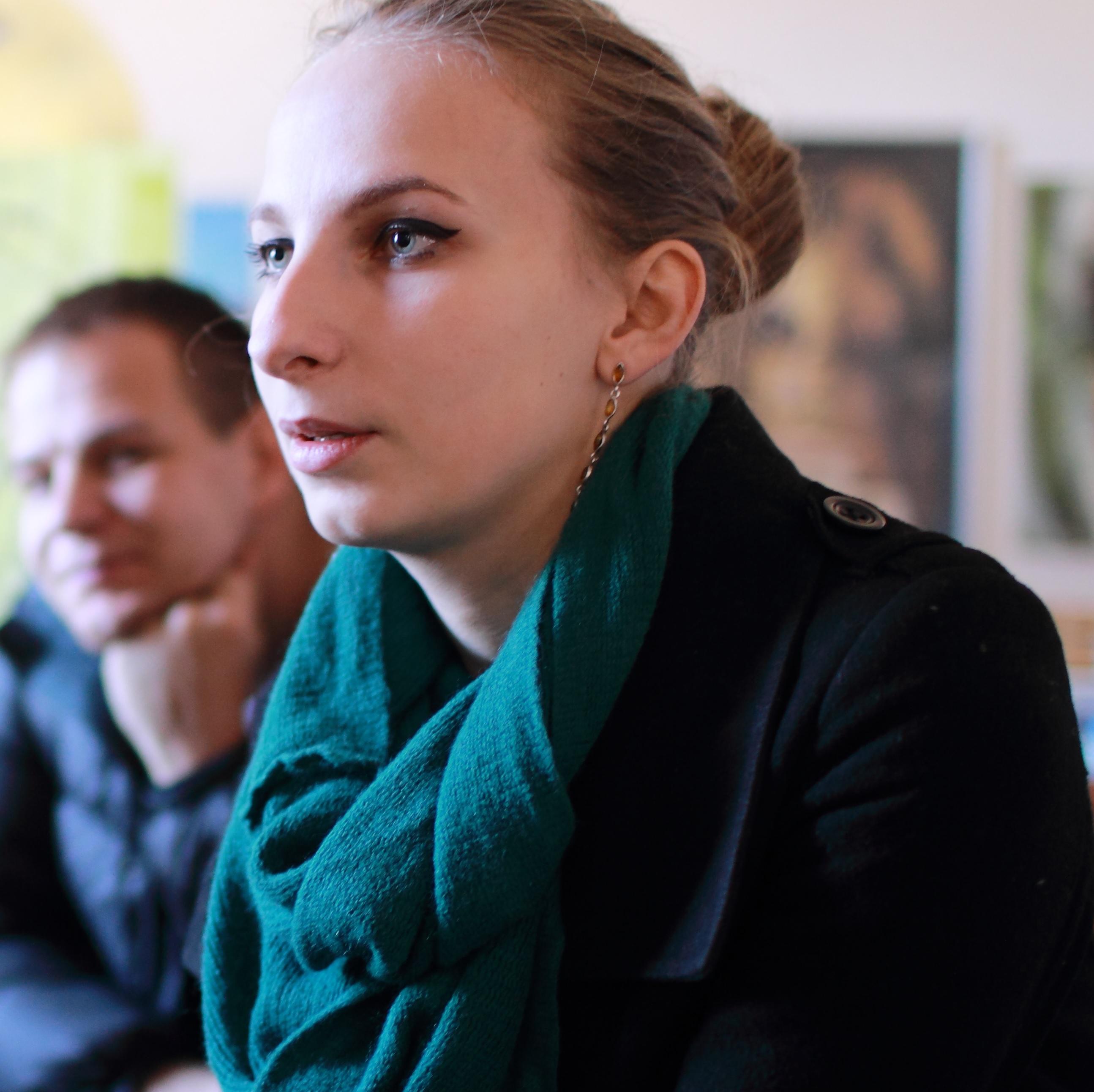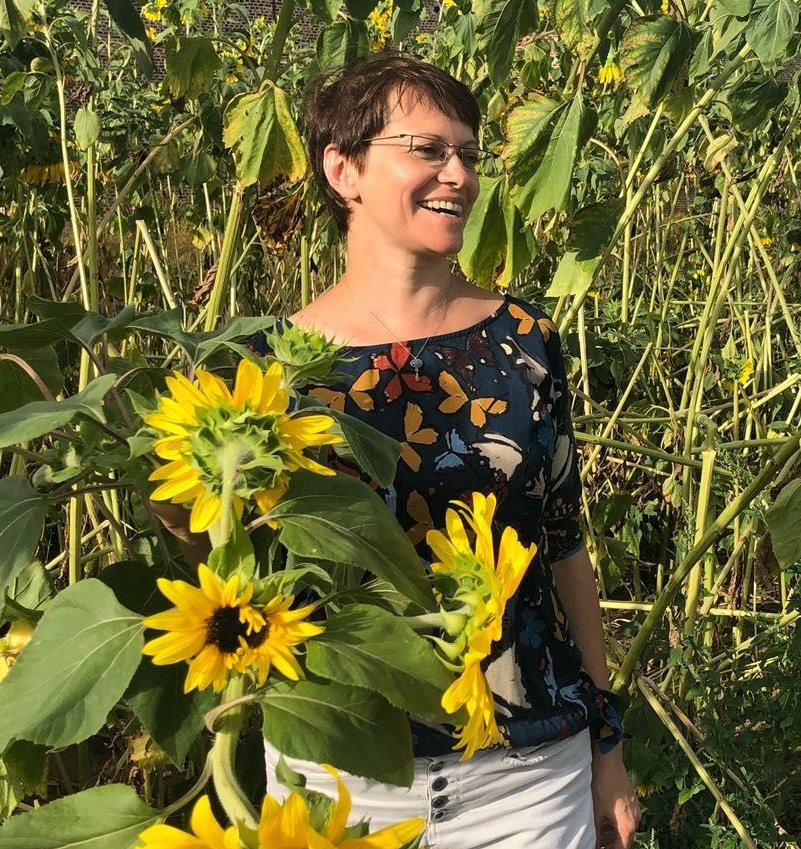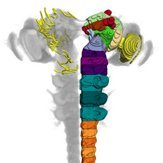
Moshe Parnas
@MosheParnas
Followers
329
Following
294
Media
27
Statuses
322
Joined October 2019
Excited to share our paper! #GRIN2D-DEE 🐭model mirrors patient symptoms, from behavioral deficits and pathological brain activity to synaptic changes🔗 https://t.co/BmUwv1KUy7 An incredible collaboration with a GRIN2D family, @KarenAvraham, researchers & clinicians.
4
4
11
Our new J Neurosci paper shows that chronic alcohol consumption thickens the brain white matter, fueling the addiction vicious cycle. Long-Term Excessive Alcohol Consumption Enhances Myelination in the Mouse Nucleus Accumbens https://t.co/At0Yd1IDIc
0
3
10
4/ We would like to thank our editor @RitaGemayel5 and the reviewers for a very efficient and pleasant review process.
0
0
1
3/ Excitation of highly active glomeruli results in odor decorrelation. Indeed, knockdown of mAChR-B increases correlation between odors representation in the brain and decreases flies��� odor discrimination capabilities.
1
0
0
2/ We uncover a novel mechanism for signal decorrelation which is based on intraglomerular excitation and works in synergism with lateral interglomerular inhibition. This intraglomerular excitation is mediated by mAChR-B and it only occurs at high neuronal activity.
1
0
0
1/ Check out our @JManoim, Tal Camchy, @Eyal_Roz, @Hadas_Lerner, Hao-Hsin Chang, Ran Darshan, and Ya-Hui Chou new study in @CurrentBiology. https://t.co/wbBxuKmbpA
3
8
25
Very excited to share the first paper from my lab. We engineered a new PTEN sensor that permits dynamic imaging in living cells. We showed that this allows to visualize PTEN activity with subcellular resolution in the intact brain. Now published in Nature Methods
20
40
271
New creative image! 🥊Classical learning vs. Operant learning in @ScienceAdvances The research by @MosheParnas and @Eyal_Roz from @TelAvivUni shows that two types of #learning rely on distinct brain pathways🧠. Interestingly, they can’t occur simultaneously, as interference
0
2
14
Thrilled to share my final PhD paper @MosheParnas, now published in @ScienceAdvances! 🎉 Check out the incredible (but sadly rejected) cover art proposal—no iconic @Ella_Maru selfie this time, though. 😉 #Science #PhDLife #PhDone
1/ How do animals integrate different forms of learning? Our @Eyal_Roz new study in @ScienceAdvances shows that active mechanisms prevent the co-formation of competing memories. Here’s what we found! 🧵👇 https://t.co/DiTs5yhVXo Art by @Ella_Maru
1
3
17
New from Shiko Parnas' lab: Classical & operant learning in *Drosophila* rely on distinct neuronal pathways, challenging current paradigms! @MosheParnas Unstoppable https://t.co/VyuN2HbvaD
science.org
Parallel and interfering neuronal circuits are responsible for operant and classical learning.
1
11
29
🔥🔥🔥How do operant and classical learning operate without interference? Discover the beautiful work by Eyal Rozenfeld and Shiko Parnas @MosheParnas, who addressed this question with sophistication and elegance. Congratulations! https://t.co/LstuAmQW4R
science.org
Parallel and interfering neuronal circuits are responsible for operant and classical learning.
1
6
25
6/ Implications for Cognitive Science: Our findings challenge the hierarchical model of learning. Instead of additive memory formation, active processes separate these memories, allowing distinct behavioral strategies.
0
1
3
5/ Neuronal Circuit Insights: Operant learning requires the fly's navigation center (CX). CX activity gates plasticity, allowing operant learning while preventing interference from classical learning pathways. This active gating mechanism is key to resolving conflicting memories.
1
1
4
4/ Behavioral Differences: Flies show distinct behaviors after different types of conditioning. While classical learning leads to freezing, operant learning prompts active avoidance. This mirrors findings in mammalian studies suggesting shared cognitive principles across species.
1
1
3
3/ 🧑🔬 Surprising Discovery: Contrary to the dogma, we show that operant and classical learning cannot happen at the same time. If both forms of plasticity occur simultaneously, they interfere, leading to no effective learning. 🤯
1
1
3
2/ Classical vs. Operant Learning: Classical conditioning is passive, where an association is formed between a cue and an outcome. Operant conditioning is active, requiring the animal's action to influence the outcome. These different strategies involve separate brain circuits.
1
1
3
1/ How do animals integrate different forms of learning? Our @Eyal_Roz new study in @ScienceAdvances shows that active mechanisms prevent the co-formation of competing memories. Here’s what we found! 🧵👇 https://t.co/DiTs5yhVXo Art by @Ella_Maru
7
13
45
🚨 New preprint alert! 🚨 Our latest study on Drosophila larval search behavior is now live on @biorxivpreprint! 🪰✨ Explore how larvae navigate their world. Check it out here: https://t.co/OuQMkVGg1g
#Drosophila #BehavioralBiology #Preprint
biorxiv.org
Orientation and navigation are essential features of animals living in changing environments. Typically, animals integrate a variety of allothetic and idiothetic cues to achieve their navigational...
1
3
13
It’s hard to imagine new discoveries about the NMDA receptor, one of the most studied molecules in #Neuroscience. But the brilliant minds in my lab—Antonella Ruggiero @AlLeN_OtNa_85, @LeoreHeim, and @LeeSusman—are here to surprise you! 👇 @of_sagol @TAUMedFaculty
1/I’m honored to finally share our new paper in @NeuroCellPress ! Some good news during this challenging time here in Israel. We uncovered a new role for NMDA receptors in regulating spontaneous hippocampal network activity! 🤩 https://t.co/crlkUQPKd0
18
11
78
Body and brain must communicate to adapt behavior efficiently. Using the fly, we discover a bidirectional pathway between the fat body and the brain and show that fat body-produced dopamine changes food preference.
A Bidirectional Brain-Fat Body Axis for Pathogen Avoidance https://t.co/jhV0aFdAjx
#biorxiv_neursci
6
27
95












